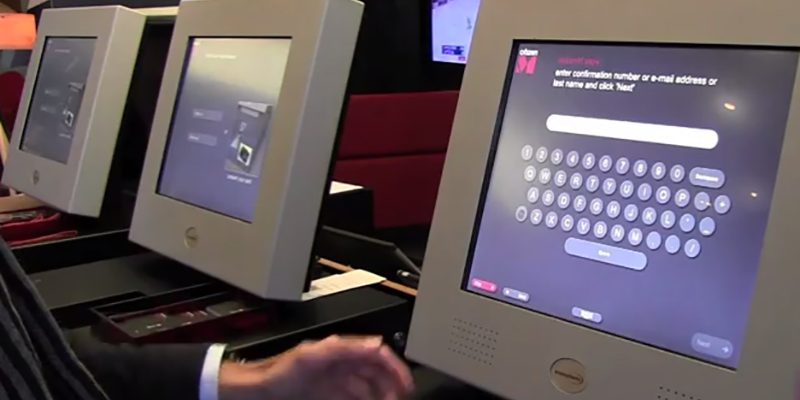BMS (Building Management System) or BAS (Building Management System) or a more recent terminology Building Automation System is a computer-based control system installed in buildings that controls and monitors the building’s mechanical and electrical equipment such as ventilation, lighting, power systems, fire systems, and security systems.
- DAS: Distributed Antenna System is a vehicle for extending the coverage of primarily outdoor wireless services like cellular, private radio systems and public safety radios.
- HSIA: High Speed Internet Access – now commonly bundled with the IPTV system.
- IPTV: Internet Protocol based television replaces coax based systems for video on demand and Free to Guest TV services.
- IRAS: Integrated Room Automation System includes centralized control of lighting, HVAC (T-Stat control), and automated window shades. Typical interface is via the guest room TV, but can also be via a touchpad.
- NFC: Near Field Communication technology enables RFID communication between electronic locks with NFC-ready last generation cell phones.
- PMS: Property Management System is a comprehensive software application used to automate hotel functions like guest reservations, point of sale, telephone, accounts receivable, HR and payroll, maintenance management, quality management and other amenities.
- RFID: Radio Frequency Identification (tag) used for the purpose of identification and tracking using radio waves.
- ZigBee: ZigBee is a low cost, low power, wireless mesh-networking standard that has strong implications in home automation, commercial building automation and the hospitality industry.
Like anything dealing with technology these days, change is at an ultimate rate of speed that is why PlanNet has created this hospitality technology primer to provide Architects and Owner’s with a high‐level overview of the hospitality focused technology that is relevant in today’s modern hospitality industry and to show how these systems integrate together.
From self-check-in to self-check-out, to ordering room service from an app on your phone; they are all becoming the standard of any tech-friendly hotel. So, without further delay, let’s start with some essential terms that will help you walk the talk with your clients when designing a high-tech hospitality accommodation.
Second, it’s important to know the vendors required to implement the various systems that will make your tech design come together. These include:
- Property Management Systems Providers;
- IPTV-VOD Providers (note: this is a dynamic market and providers are continually changing);
- Electronic Lock System Manufacturers (note: manufactures offer an NFC enable lock as well as an RFID reader-magnetic stripe cards are dead); and
- In-Room Automation System Manufacturers.
For a list of product vendors to provide the above services contact us with your request.
Lastly let’s take a look at some technology trends in hospitality.
- Integrated Room Automation – They are all competing for the TV screen/tablet space.
- Property Management System (PMS)
- Thermostat
- Lighting
- Mechanized Drapes
- Do Not Disturb (DND) and Make Up Room (MUR) Indicator
- Guest interactions such as reservations, spa/golf appointments and PMS functionality are moving to mobile phones. Many large chain hotels have their own app that guests can download. Strong cellular coverage or DAS will be more important.
- Going Green – LEED credits for sustainability and energy optimization is increasing due to the integration of room automation systems and room presence features that automatically adjust the thermostat or close the drapes within an unoccupied room. In California, new Title 24 requirements will drive this theme further.
To view hospitality technology in action watch this video that gives a tour of one of the most high-tech hotels on the market.






